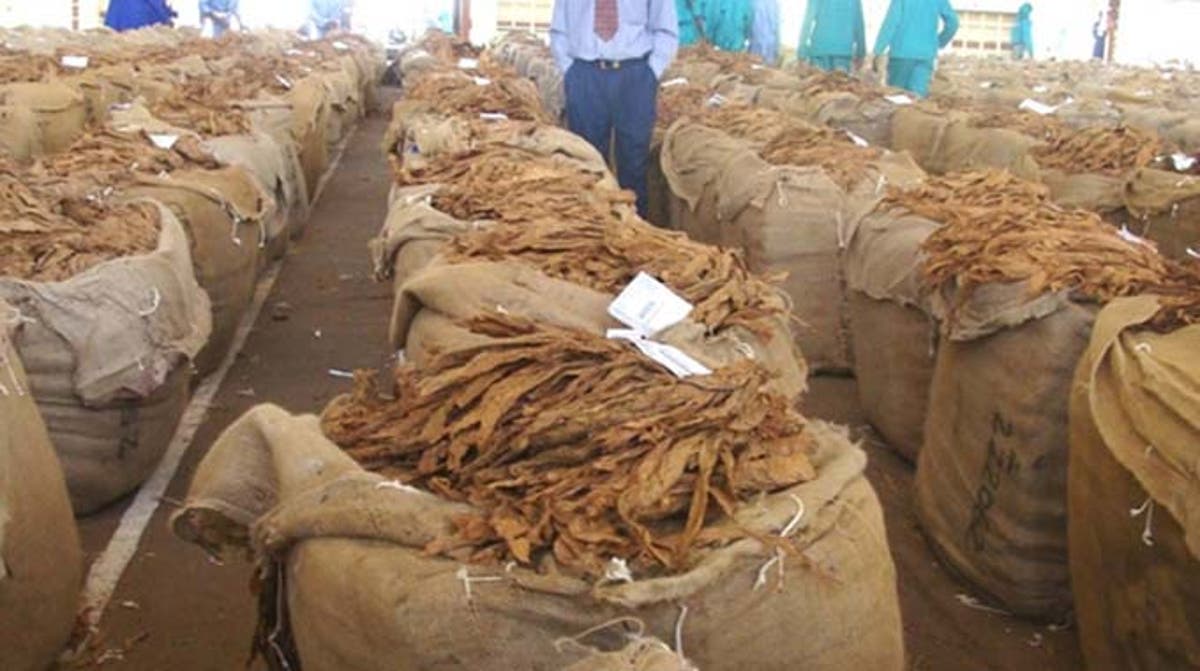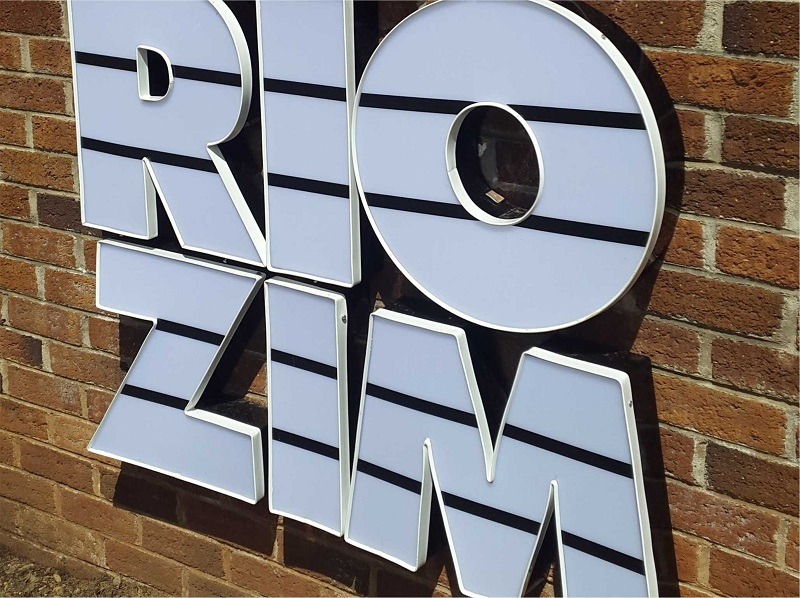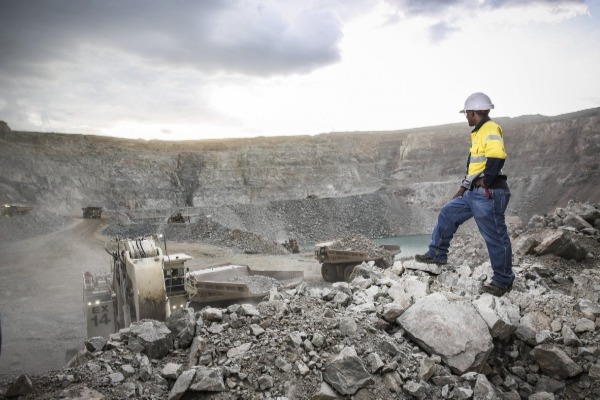Govt co-opts small-scale lithium miners
THE Government says it has made provisions for small-scale miners to participate in the exploitation of lithium, a globally sought-after mineral regarded as the “New Oil”, given its growing use in electric vehicles and other uses.
The Government has since indicated it will apply provisions of the “Use or Lose It” policy to repossess undeveloped claims to accommodate small miners in the country’s lithium sector.
Zimbabwe is one of the leading producers of lithium, ranking fifth after Australia, Chile, China, Argentina and Brazil, but with massive latent potential in light of the several projects under development.
The Southern African country has seen massive investments in developing lithium assets over the last few years amid the growing global demand for the precious metal.
The exponential global demand for lithium is being driven by the rising production of electric vehicles — and other electronics — seen as essential for energy transition based on zero carbon emission.
Notably, most of the investments in Zimbabwe’s lithium sector have come from large-scale miners.
The country currently has more than seven lithium exploration and mining projects, which are at different development stages, with Chinese companies leading the charge.
These include the Arcadia Lithium project near Harare, with an estimated investment of US$477 million, Bikita Minerals’ only global petalite operation being further developed into a 300 000tonne per annum spodumene operation, Chengxin Lithium Group’s Sabi Star 3 000t/pa project in Buhera, Zulu Lithium’s US$34 million spodumene project near Bulawayo and Bravura’s multi-million dollar operation under development in Kamativi.
Processing plants for lithium projects are also being developed across the country including in Shamva, Kadoma, Chegutu, Goromonzi and Mberengwa, among others.
This makes lithium one of the key prospects for Zimbabwe’s mining industry, which the Government intends to grow to a US$12 billion sector, from US$2,7 billion in 2017.
Zimbabwe earned US$209 million from lithium exports in the first nine months of last year, from US$1,8 million in 2018 and US$70 million in 2022. It is expected to soon become the country’s third largest mineral export after gold and platinum.
Concerns over the limited participation of indigenous small-scale players came up for discussion in the National Assembly recently, with legislators seeking to understand if the Government had made provisions for small players in the lithium sector.
This comes against the backdrop where small-scale gold miners now account for the bulk of the country’s gold output. Keeping full track of their activities for accountability, safety and environmental concerns however remains a big challenge.
Before the small miners or artisanal mining was decriminalised in 2013 most of the gold produced was smuggled outside the country, which deprived it of any benefit.
Since being officially allowed to carry out their activities, including being given financial and technical assistance, the small-scale gold miners now account for more than half of the national gold output.
Mine and Mining Development Minister Winston Chitando told lawmakers recently that while the Government continued to work on measures to formalise small gold miners, it had created a framework for similar players to operate in the lithium sector.
Reports abound that small-scale miners have been extracting the precious metal, and without being formally recognised to operate in the sector, smuggled the mineral out of the country in its raw
form.
Last year, the Government banned the export of raw lithium amid reports of widespread smuggling by small miners and concerns over the limited benefits from the unbeneficiated shipments.
“Government came up with a mechanism to ensure that small-scale miners can, with minimum capital, be in a position to enter the lithium space. Last year the Government introduced what is called an Approved and Prospecting Plant Licence.
“The Approved Prospective Plant Licence can be established at a very minimum cost, which is affordable to small-scale lithium producers. Actually, at this stage, we do have a number of small-scale lithium producers who are in the market through the provided approved plant licence,” the minister said.
Minister Chitando further said the Government would, in two months, come up with a mechanism of a fund, which will be run through the Minerals Marketing Corporation of Zimbabwe, intended to support base mineral production by small players.
“This includes Chrome, lithium and any other base minerals. This Fund will be there to try and support lithium and chrome producers with equipment and working capital to ensure that we have more interest in that space,” he said.
Minister Chitando said the Government would not hesitate to apply the policy of “Use it or Lose It” for those who are not fully utilising their mining locations.
He said Zimbabwe had several mining entities that should be giving tributes to small artisanal miners where applicable.
“I say where applicable in the sense that you find that some deposits, which especially are quite deep and require a lot of mechanisation, are not as easy to distribute, but we would preferably want the main player to be doing that.
“However, we do have a number of mining locations which have deposits that are amenable for extractions by artisanal small-scale miners and the Government will be intensifying discussions and working with those holders of the mining locations to ensure that artisanal or small-scale miners play a role in the game,” he said.
Despite short-term volatility, the long-term forecast for lithium remains positive. Lithium is crucial for decarbonisation efforts, especially in the electric vehicles sector.
The global demand can surpass 2,4 million tonnes of lithium carbonate by 2030, doubling the 2025 forecast. BloombergNEF projects nearly a 5 times increase in global lithium demand by the end of the decade, driven by rising battery demand for electric vehicles.
In the short term, Goldman Sachs maintains a pessimistic outlook for lithium prices in 2024. The brokerage firm projects further declines compared to current levels.
The broker anticipates this downward pressure in lithium prices this year due to oversupply.
Initially predicting a return to market deficit in 2024, analysts now suggest a longer timeline, with the lithium market potentially bottoming out in 2025.
As per S&P Global estimation, lithium prices will start to stabilise beginning in 2025 as the surplus narrows down. From there, prices would start to rise again.-ebusinessweekly











